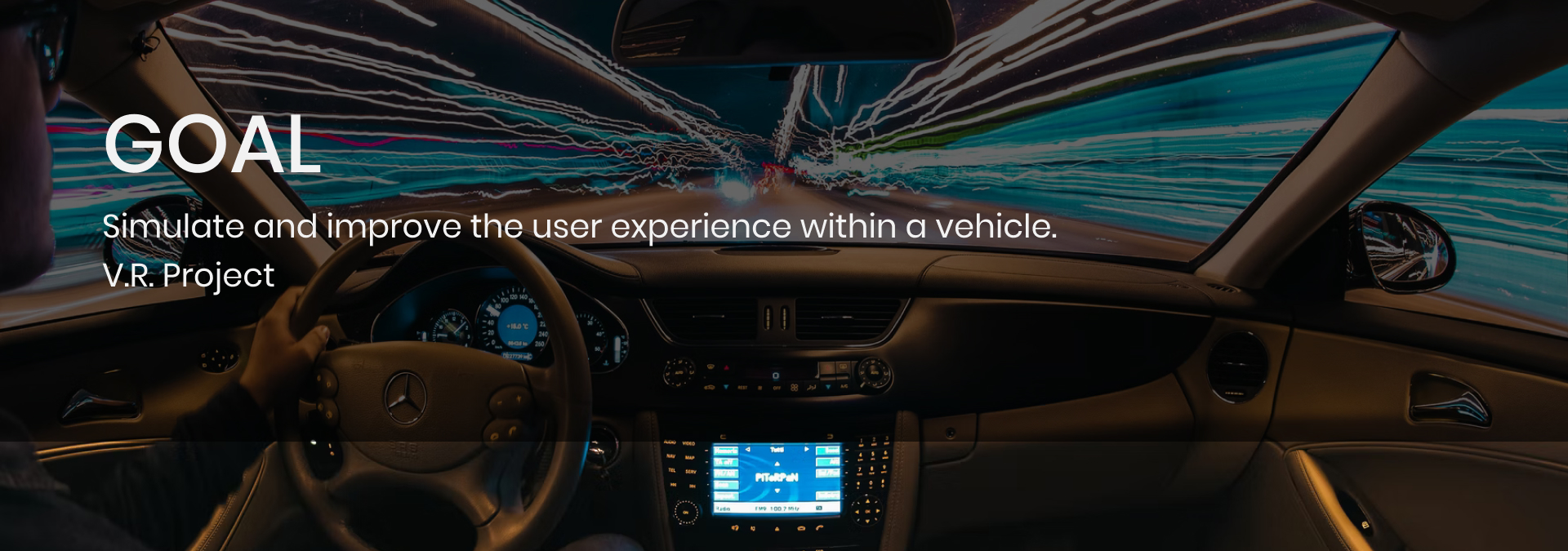
Designing a virtual reality application that allows users to explore and test various vehicle interfaces without the need for physical prototypes.
This application, designed as a technical demonstration, also serves as a showcase app for the agency.

For this project, we drew from various sources to obtain relevant information. For instance, the Tesla Model S, released in 2017, provides ample data about its interior, including online simulations of the user experience. However, for conceptual vehicles like the Byton M-Byte, extensive research was required to understand and replicate user interactions.



The application was entirely designed using Unity3D and is compatible with Steam VR hardware. Development stages included integrating 3D models, implementing the user interface, creating interactions in Unity through scripts or visual tools, as well as testing and debugging phases.
The result is a functional application ready to be presented to the client for demonstration. Key features include the ability to interact with various car interfaces, simultaneous control via a 2D interface on a touchscreen computer, use of a physical pad, selection of vehicles and interfaces within them, and corresponding interactions.
Following our work, the application was taken over by an engineer to integrate the client's confidential 3D models and continue its development. This approach offers our client a cost-effective and flexible method for testing designs on a realistic scale.


